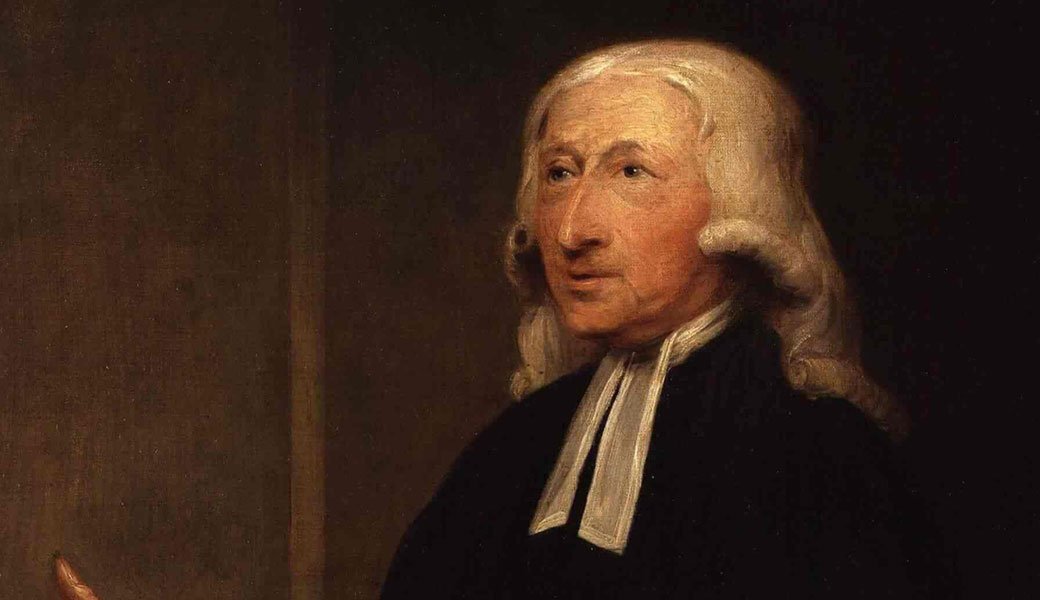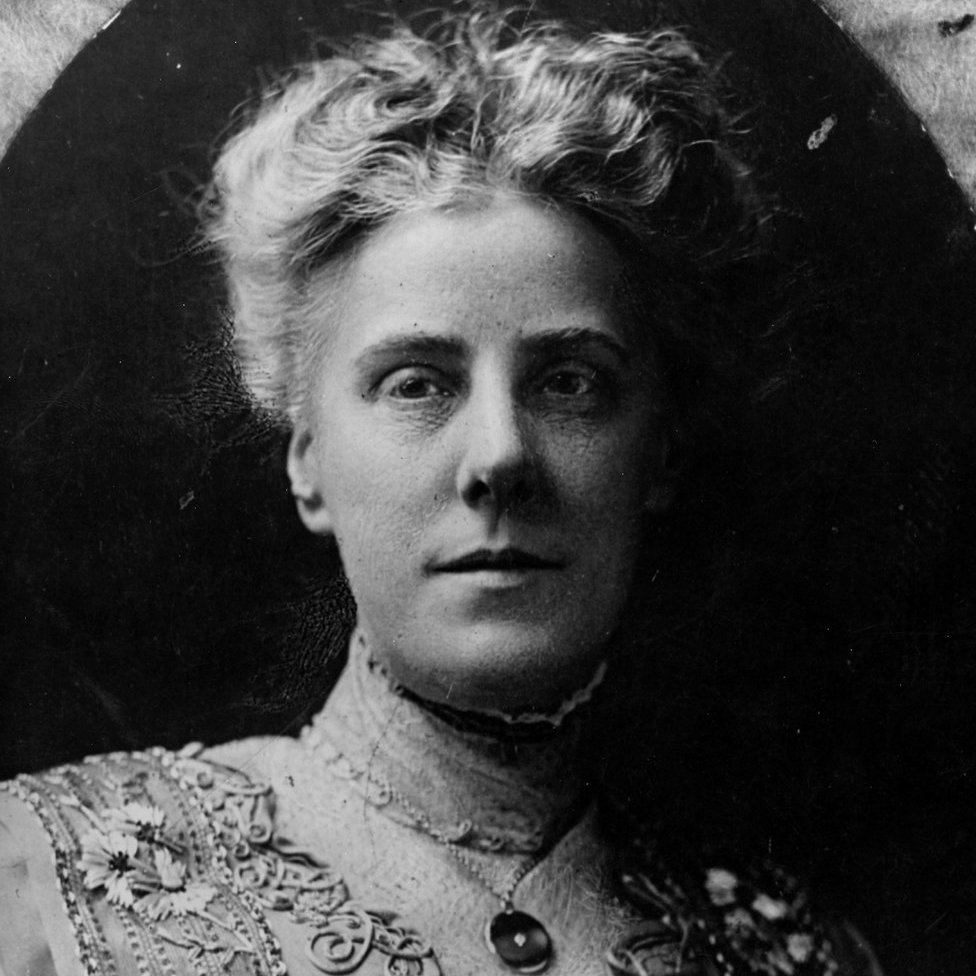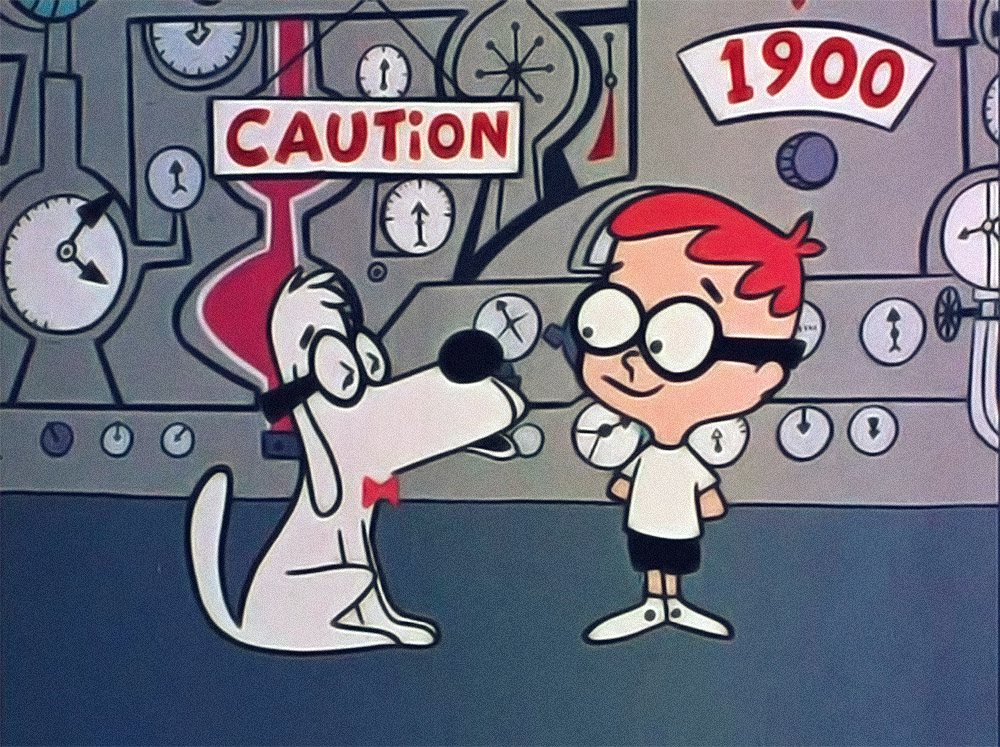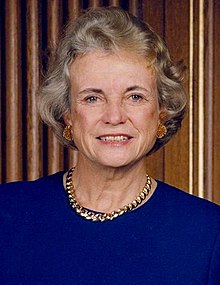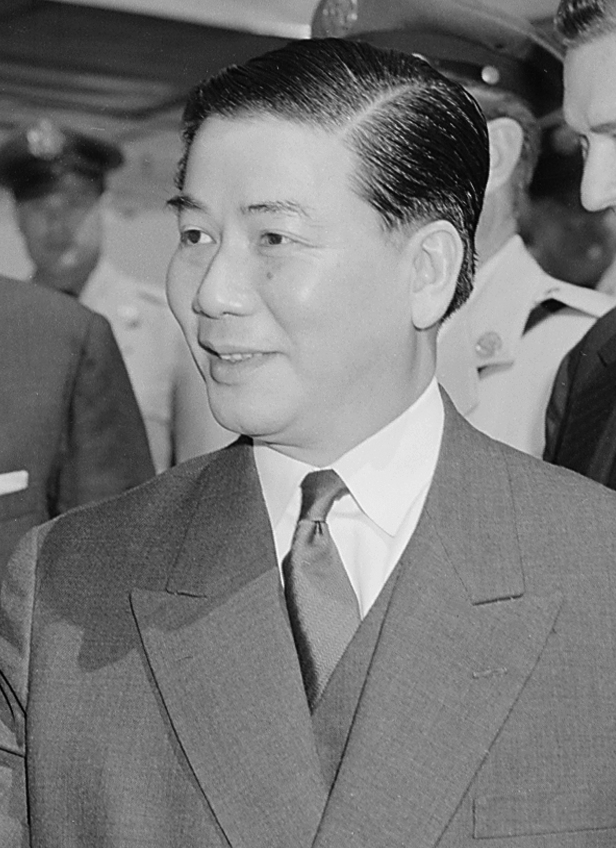A new week is upon us and it’s time for another edition of #HistoryMonday. Today’s entry is dedicated to the demise of a musical fad and the fallout that ensued afterwards. I know, kind of an odd topic, but given the half-life of TikTok dances and songs, it seemed somewhat apropos.
On this day in 1979, the interlude of a doubleheader between the Chicago White Sox and Detroit Tigers devolved into a riot. The break between the day and night game of the doubleheader had been organized as part of Disco Demolition Night.
Radio DJ Steve Dahl planned the event in response to having lost his job when radio station WDAI went from Rock to a Disco format 7 months prior. Dahl began harboring ill feelings towards the musical trend along with many other musical critics who disliked its reliance on synthesizers and mechanical sounds along with suspicions about the foreign influences of the music.
Dahl coordinated with Mike Veeck, promotions director for the White Sox to destroy disco records for discounted admission. Veeck’s father, Bill was known for extreme promotions from his early days as a team owner, including hiring a little person as a player who could easily draw a walk and amuse the fans at the same time. Dahl and the younger Veeck worked with local station WLUP in Chicago to promote the event that would feature a dumpster of disco records being blown up to the delight of the crowd.
The promotion hoped to draw around 20,000 fans to the nighttime game of the doubleheader and the Disco Demolition Night beforehand. Roughly, 20-30,000 more fans than expected showed up with disco records planning to destroy them. Security was unable to contain the unruly fans who began setting fires near the dumpster that Dahl had filled with ‘disco records’ and other pyrotechnics. The fans also began breaking and throwing their records while trampling all over the field. Due to the unruly fans on the field and the destruction they produced, MLB officials ruled the surface of Comiskey Park unplayable and awarded the Tigers a win by forfeit.

Of course, the popularity of disco began to wane even further after the event and many record labels repackaged anything resembling disco as dance or funk music. The popularity of the phrase ‘Disco Sucks’ also began to trend after the riot.
Both Bill and Mike Veeck would be forced out of the White Sox organization and struggled to find work in baseball for many years afterwards. Eventually, Mike Veeck would become owner of a minor league team that hosted a destruction of Justin Bieber and Miley Cyrus records night in 2014. Thankfully, this promotion learned from the mistakes of 1979 and took precautions to prevent a disaster.
Fans of disco and performers of Disco also lamented that the reaction to their music was an overreaction to their music and that it was comparable to Nazi book-burnings when they wanted to remove objectionable material from their society. Historians support this reaction and note that much of the disco movement celebrated African-American rhythms and the gay scene, that white heterosexuals were over-reacting to the encroachment of new influences. Historians also note that many of the same who rejected disco would reject the Democrats in the 1980 election and vote for Ronald Reagan and Republicans down-ticket.
Disco Demolition Night and other events like it always create debate over the freedom and responsibility of free speech. Anybody can listen to whatever music they want or not, but sometimes peer pressure and mob mentality prevail, and the results can be disastrous as even the events of January 6, 2021, have shown us.
What’s your favorite Disco album?




